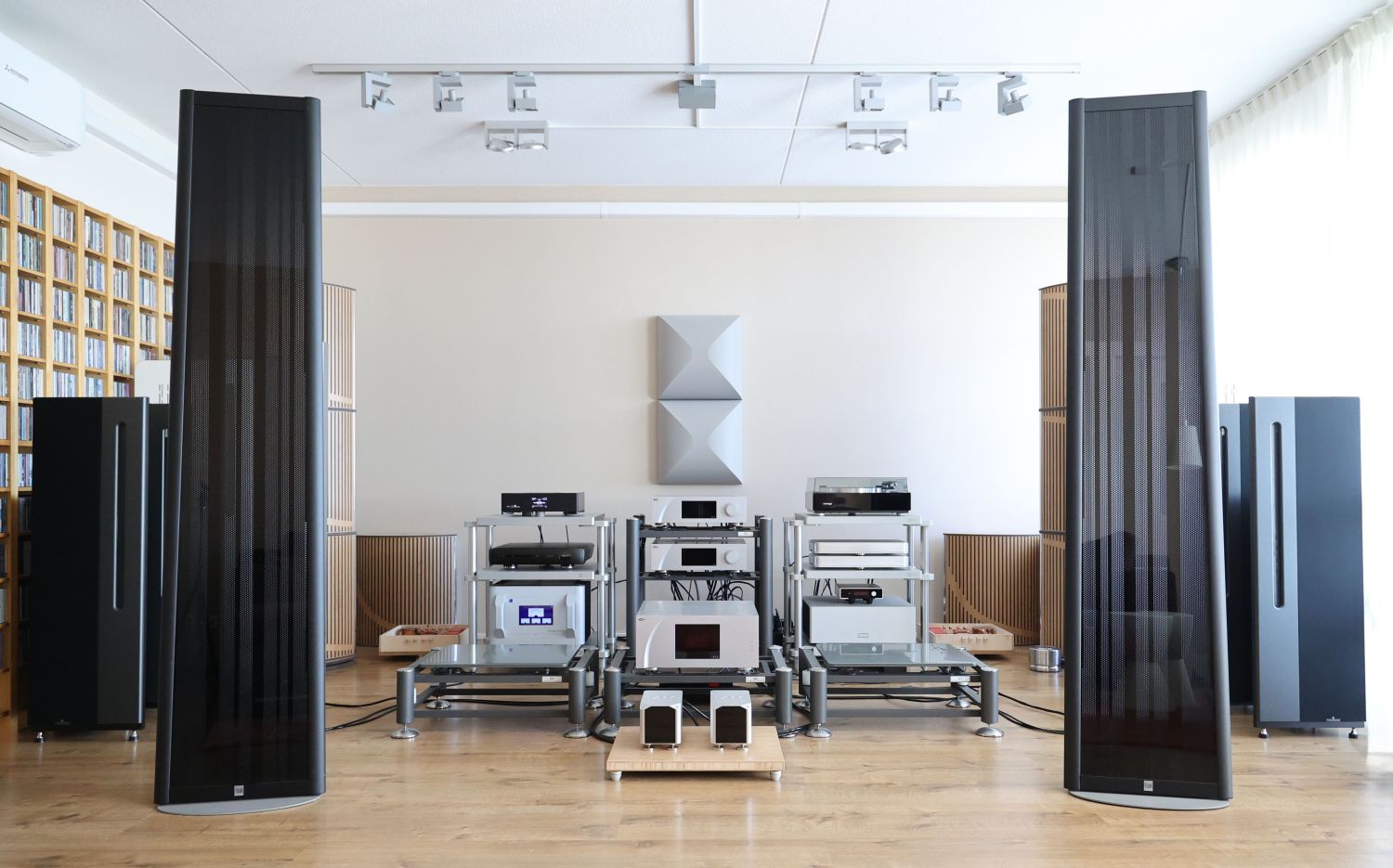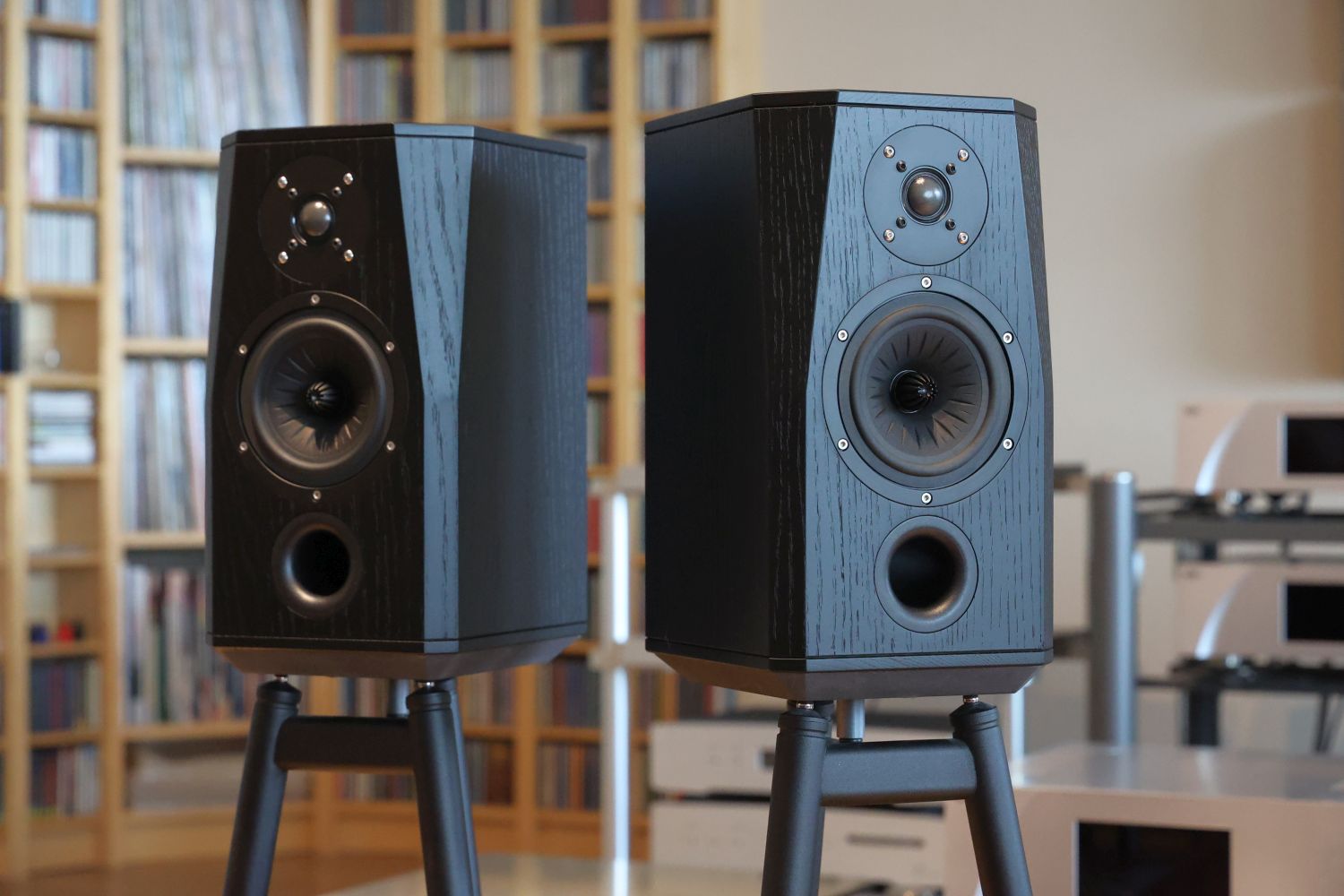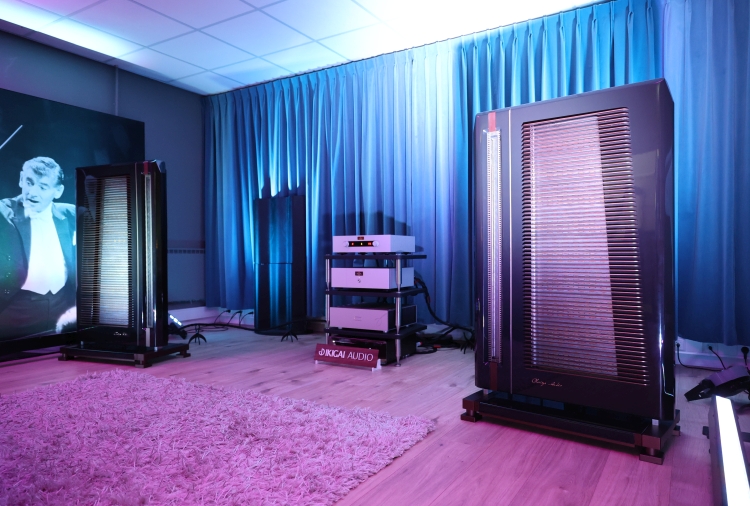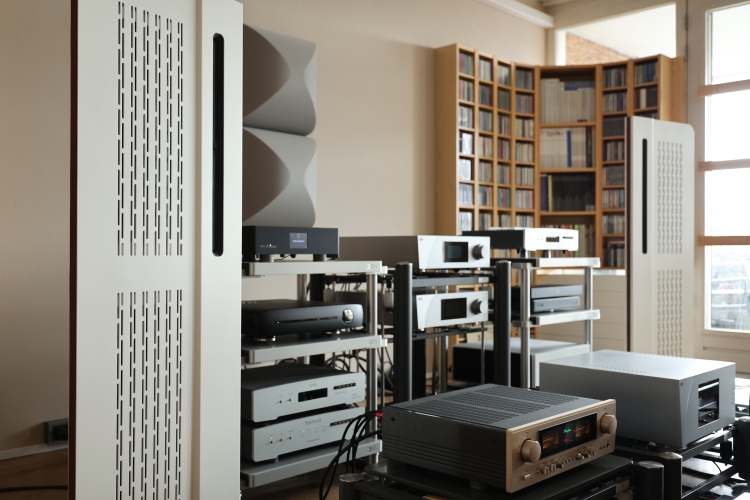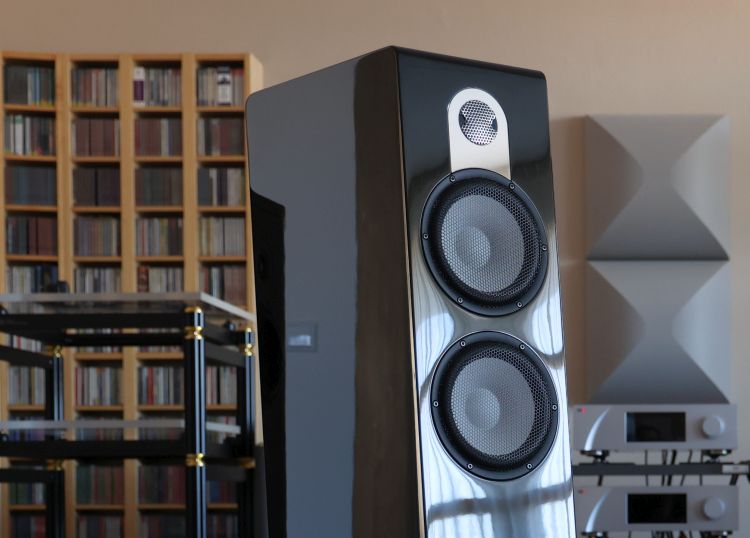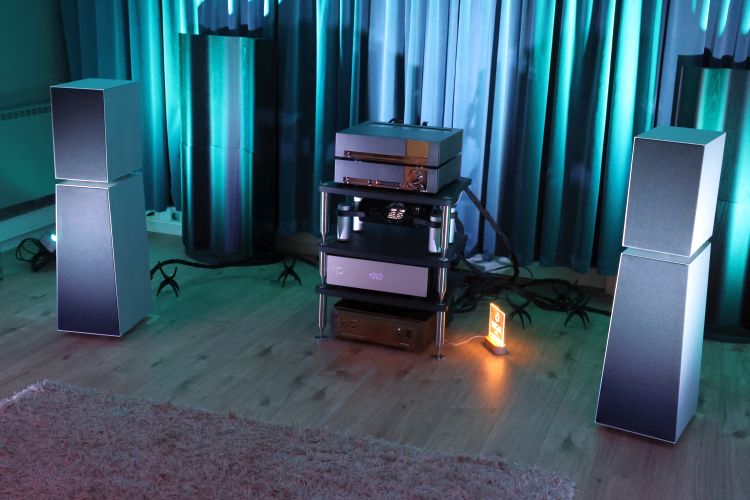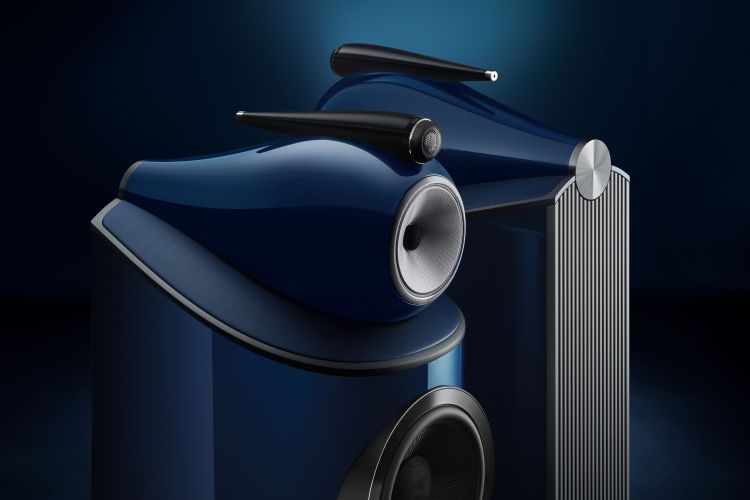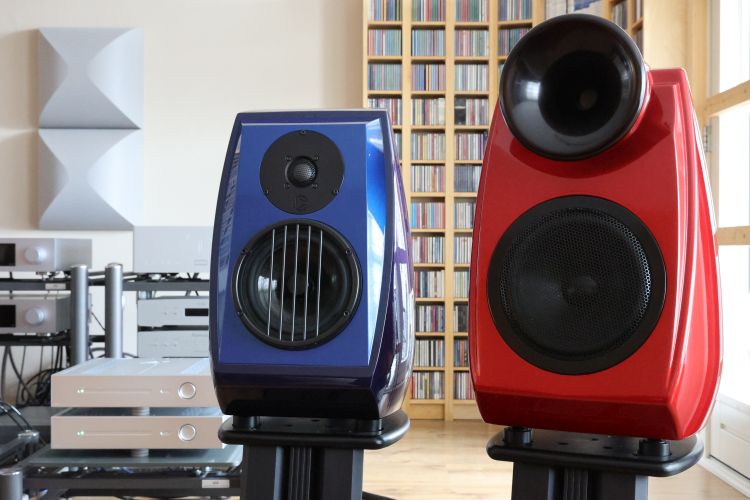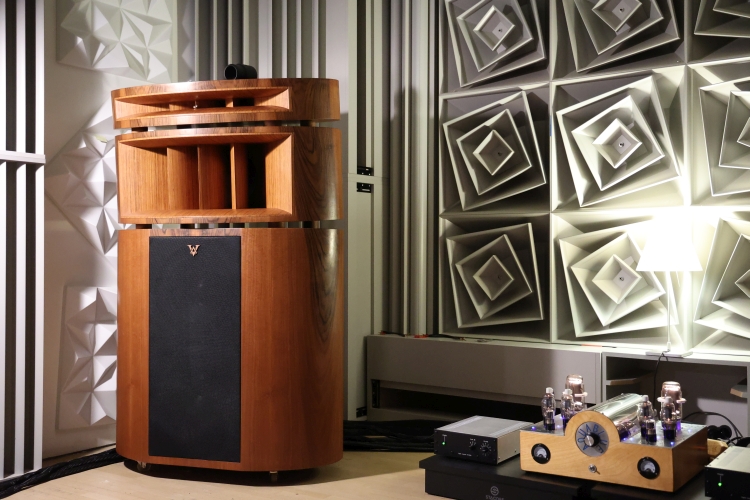
Listening
The listening session was divided into three sections. First, Ivan played a selection of Qobuz-sourced music on the Taiko music server. Next, I was handed the iPad to play anything I wanted. Lastly, Michel played a selection of LPs on his Primary Control turntable.
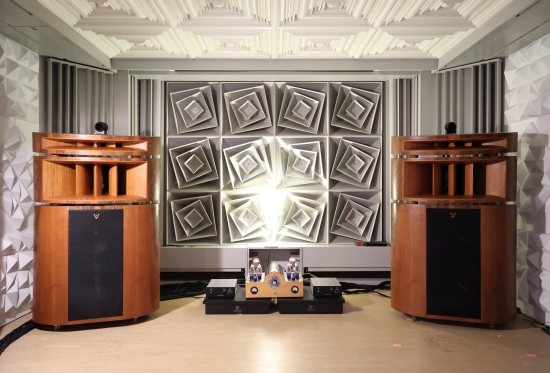
As Ivan kicked off the session by playing his selection of mixed music styles, containing music I knew and beautiful music I never heard before, it was fascinating to note how my impression developed and diversified as the session proceeded. The thought of a compression driver horn system may evoke aural images of a sharp, beamy, or aggressive sound, which can be off-putting for those who have so far avoided such systems for these reasons. Honestly, this is precisely what I was preparing for, only to find every track Ivan played sounding utterly natural, coherent, and even-handed.
There was zero sharpness, hardness, or edginess, no artifice, and not even a hint of electronic signature. Involuntarily, my mind searched for aspects of the sound to stand out, only to find none. There were simply no detracting elements in the sound whatsoever.
I did note a very prominent room model, and Michel later confirmed that the room has a resonance at 80Hz, which he sadly could not eradicate. However, no room is perfect; this is not the speakers’ fault. Since the resonance only appeared under certain circumstances, it was easy to ignore.
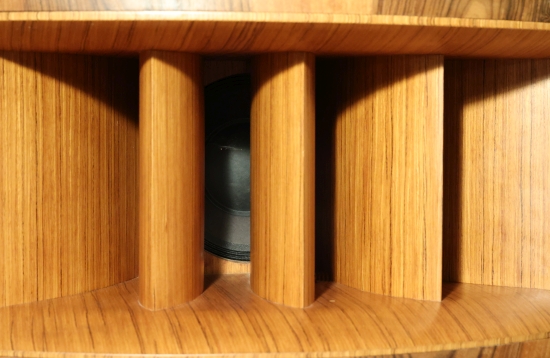
A peek into the lower midrange horn.
As I proceeded to play a selection of tracks I knew well, this feeling was substantiated. Everything sounded precisely as it should, but I initially struggled to understand what made these speakers special. To put it irreverently, early on in the session, I felt the speakers sounded somewhat unimpressive because they did everything well, and nothing of their music portrayal stood out in a typical audiophile manner. Then again, it is a massive achievement for any speaker to sound so natural and coherent, let alone a four-way speaker using different types of compression drivers. Come to think of it, the Sirius is the first multi-driver horn loudspeaker to have an absolutely seamless presentation.
What’s more, when looking at these speakers and thinking of certain classics with a similar appearance, one may expect quite a bit of coloration. But there was simply none of that. Sure, these cabinets sound different from a speaker with an aluminum enclosure, but the nature of what little character they added was so benign that I would not rate it as more significant than the difference in character between one hifi rack and another. Most importantly, the Sirius’s tonality was evenly spread throughout the sonic spectrum. As I mentioned, these speakers portray everything uniformly well; inherently low and uniform coloration is an essential reason for this.
But even more impressively for a horn loudspeaker, there was absolutely zero cupped-hands effect! Go figure, the one aspect that has plagued horn speakers since forever, was nowhere to be found. And I mean this! I’ve heard it before, where manufacturers claim to have solved the downsides of their horn speakers, only to find the typical horn issues are still present. Well, in this case, it really is true.
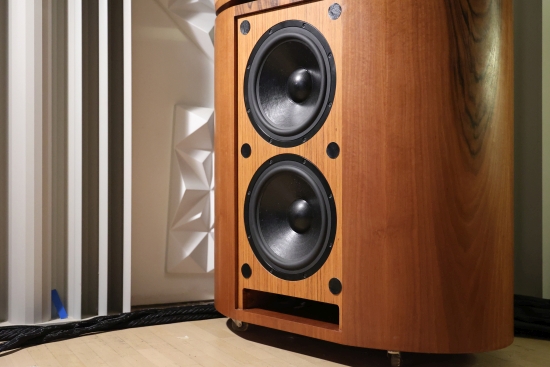
The woofer section remains normally hidden behind a fabric cover. The grilles provide an elegant touch, and the speaker is designed to sound best when they are in place.
It feels cruel to break down the performance of such a profoundly musical speaker into the usual audiophile spectra, but let’s do it anyway! The treble is airy and ultra-delicate, the midrange is very pure yet natural and sweet, and the bass is fast and tight, with excellent articulation, but it is very far from being over-damped or over-controlled. Likewise, the bass goes very deep and can have serious impact, but there is no thickness, nor do I hear any port-induced anomalies. What drives the concept home is that all drivers perform in a time-aligned and cohesive manner. This is especially important when one sits close to a speaker. Some horns require massive rooms but this small room with the listening position at an estimated 3 meters from the speaker baffles proves that the Sirius has no such requirements.
Resolution and focus were very good, and the free-floating and spacious soundstage was impressive, especially given the small room. Imaging in the depth plane was also very good, with performers portrayed at different distances from one another, closer to and further from the listener, where such information was in the recording. The dynamic behavior was very natural, scaling fluidly from the softest to the loudest sounds but not edge-of-seat, stopping just short of blowing one out of the listening chair. The dynamic range is effortless, but the impact is never startling; the speakers always performed organically and gentlemanly.
This was when the true extent of the Sirius’ strengths unfolded. It wasn’t any particular extremity but the effortlessly natural and wonderfully coherent reproduction of everything you play.
But the best was yet to come, as this listening session’s third and last section was about to commence.
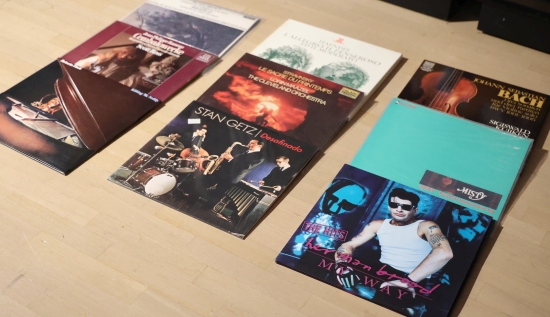
This third section was not planned but followed naturally because the music inspired us. Michel grabbed a record he was fond of for its music content, not its audiophile quality. When you’re in a nice flow, one record can lead to another, so we played the most diverse albums.
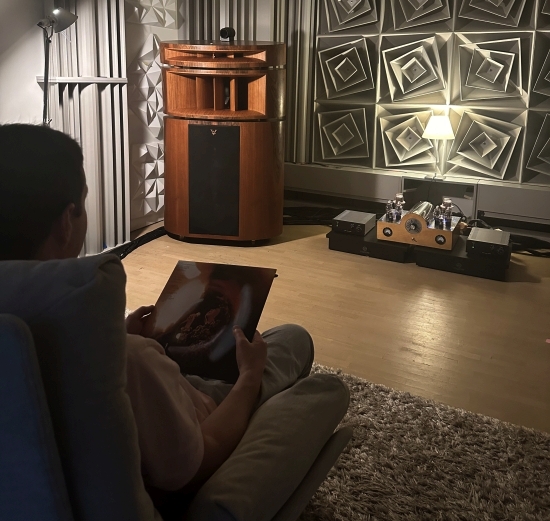
Remember I mentioned how my impression of these speakers developed and diversified as the session proceeded? Well, the third act hammered the point home!
As Michel played one non-audiophile record after another, none of us dared say anything while listening. I could only sit silently, mesmerized by the music’s beauty. Even more so than with the music server, the Sirius speakers got out of the way and presented nothing but the music’s soul. Although the system’s resolution easily conveyed the nature of the master recording, there was continuously an abundant sense of hearing real flesh and blood performers playing real instruments. Everything sounded decidedly un-electronic and utterly natural, and it occurred to me that this sounded more like real musicians playing right in front of me than some of the loud and brash-sounding PA-amplified live concerts I attended.
It did not even matter what we played. Whether Stan Getz, Bach, Handel, Roberta Flack, Stravinsky, or Herman Brood, it all sounded 100% convincing and emotionally massively involving.
So, there you have it. The Sirius is not about technicalities such as resolution, focus, and dynamics, even though it performs splendidly in all aspects. It is about conveying the musical message, and it does this so selflessly, fluidly, and naturally that it can leave one wondering why we chase certain audiophile aspects in particular rather than searching for a speaker system that “simply” connects us directly with the music.
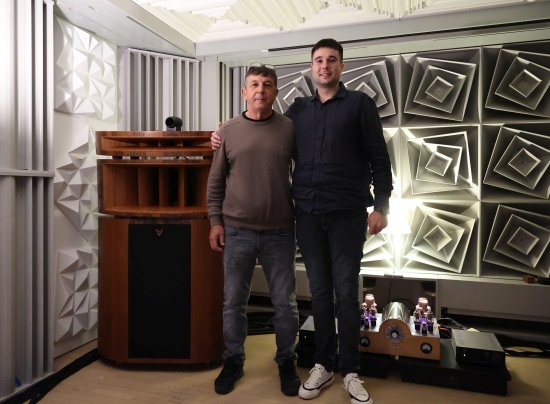
Father Savo and son Ivan of Velikinac Audio Lab
Conclusion
With the Sirius, Velikinac has succeeded where many other brands have not: to build a speaker that has all the advantages of a multi-driver horn loudspeaker system without any of the disadvantages.
The Sirius conveys the musical message so utterly selflessly, fluidly, naturally, and effectively that it can leave one wondering why we chase certain audiophile aspects rather than searching for a speaker system that “simply” connects us directly with the music. But make no mistake; these speakers also have very low coloration, sound amazingly coherent and uniform, and handle all other audiophile parameters incredibly well.
This is a large and relatively complex system that has to be set up very carefully. But for those in search of what may be their last loudspeakers, the Sirius deserves serious consideration.
The Sirus can be ordered as reviewed or in a version according to custom specifications. Additionally, a Field Coil woofer version is currently being developed.
External Links
Manufacturer:
Velikinac Audio Lab
Address:
Bude Tomovica 81
21471 Ravno Selo
SRBIJA
